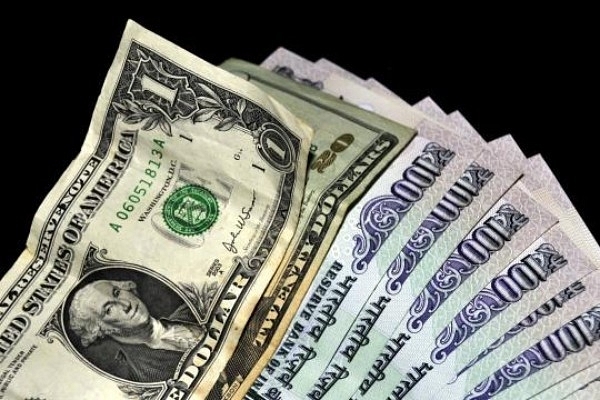
Rupee Slide Is Capital-Outflow-Induced: Remedy Is To Boost Capital Inflows, Not Import Controls
It is irrational to counter a rupee depreciation led by capital outflows through physical controls.
The logical counter to net outflows of capital is to encourage longer-term capital inflows to stem any excess drop in the rupee.
The problem with saying that there is nothing to panic when the rupee falls 13 per cent or so against the US dollar is that it fuels more panic. When the authorities say don’t panic and then their follow-up actions indicate panic, the market will panic.
A panic is, by definition, irrational, and irrational market moves need robust and rational counters so that the irrational element in forex speculation dissipates.
Let us be clear about what is rational or irrational about the rupee’s fast decline this year.
The rational part, first.
It is right for the rupee to depreciate by around 10 per cent due to its real appreciation against the dollar during 2013-17. Given inflation rate differentials between India and the US, a 3-5 per cent annual depreciation of the rupee is a healthy correction. As at the end of July this year, the Reserve Bank of India (RBI) was still showing that our real effective exchange rate (REER) was overvalued by 15-16 per cent (see table here).
Second, fears that the current account deficit (CAD), and the fiscal deficit, may get worse this fiscal – the former due to a reviving economy, and the latter due to election year political spends – are also rational grounds for allowing the rupee to depreciate.
One can also list the irrational elements in the rupee’s rapid fall…
#1: It is irrational to expect that the rupee will head in only one direction, and that is south.
#2: It is irrational to pretend that import curbs and export boosters will solve the problem; import curbs will only disrupt businesses that are currently in revival mode, and could also indirectly impact exports negatively. Some significant items in the export basket, like gems and jewellery and petro-products, for example, are import-intensive. Make imports dearer, and exports too will slow down. Equally, it would be stupid to lower petro-fuel tax rates, as some super-sophisticated politicians like P Chidambaram are suggesting, for this will only make imports cheaper, worsening both the current and fiscal deficits. The Chidambaram remedy will worsen the situation – and maybe that is why he is suggesting it. Nothing like throwing a banana peel in front of Bharatiya Janata Party for it to slip on ahead of an election.
#3: It is irrational to counter a rupee depreciation led by capital outflows through physical controls. The logical counter to net outflows of capital, whether of the portfolio kind or short-term financial assets, is to encourage longer-term capital inflows to stem any excess drop in the rupee. This is what the RBI did in 2013 by encouraging NRI deposits by offering banks low-cost forward cover for three years. This was what stemmed the last rupee panic. This is the kind of response that will kill the panic.
So, if one were to analyse the government’s efforts to stem the panic last week, it announced measures to curb non-essential imports (which raises panic levels by transferring worries to the real sector), and to encourage foreign currency inflows into Indian debt, including rupee-denominated debt (known as masala bonds). The first move will not do any good, but the second one is directionally correct. So too is the reported move by the RBI to open a private window for oil companies to do dollar swaps. This will take a big chunk of the demand for dollars outside the inter-bank market, cooling pressures on the rupee.
Broadly speaking, a rupee in the range of Rs 68-72 is not a bad thing this year. A further downward move by Rs 2-3 in the coming years is also warranted as long as our inflation differentials with the US remain the same. What is not warranted is a continued movement of the rupee south this year.
Some speculators are bound to regret their extremely bearish take on the rupee. Last week, Chidambaram claimed that the government’s efforts to stem the rupee’s fall were “half-hearted and too late”.
He is half-right on the half-hearted part, but fully wrong on it being too late. After all, wasn’t he suggesting cuts in fuel taxes, which could spur imports of fossil fuels just when a worsening CAD is the last thing one needs?
Moreover, one cannot know how far the rupee can fall till it actually does some falling. One can always be too clever with hindsight. Sorry, PC. It is not too late to stem the panic even now.